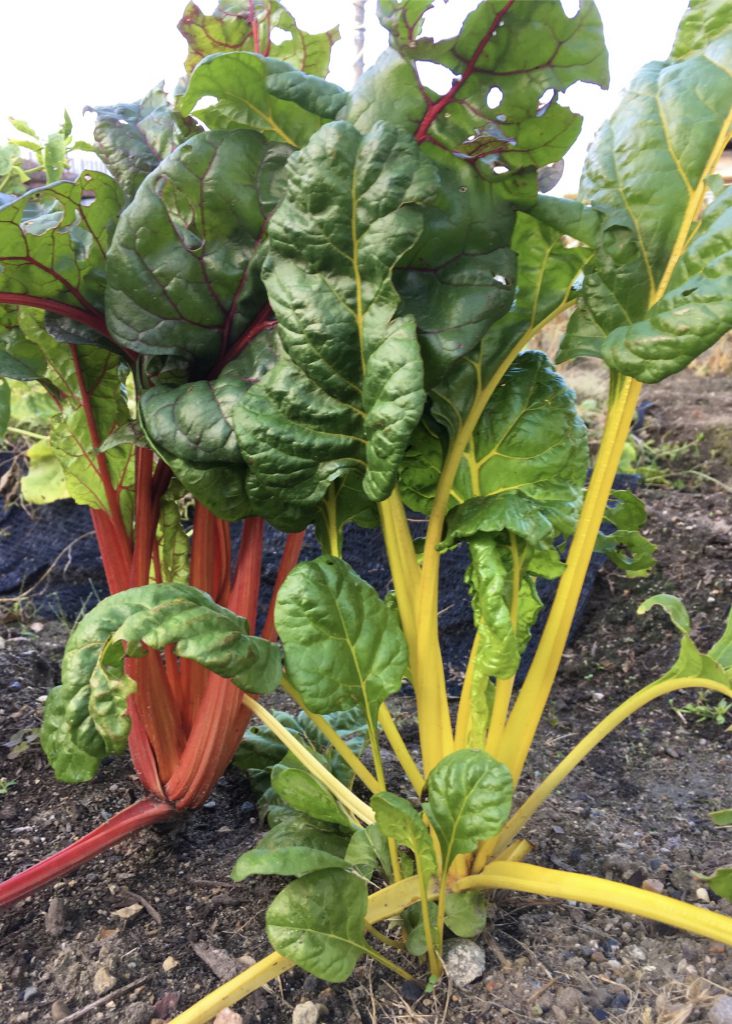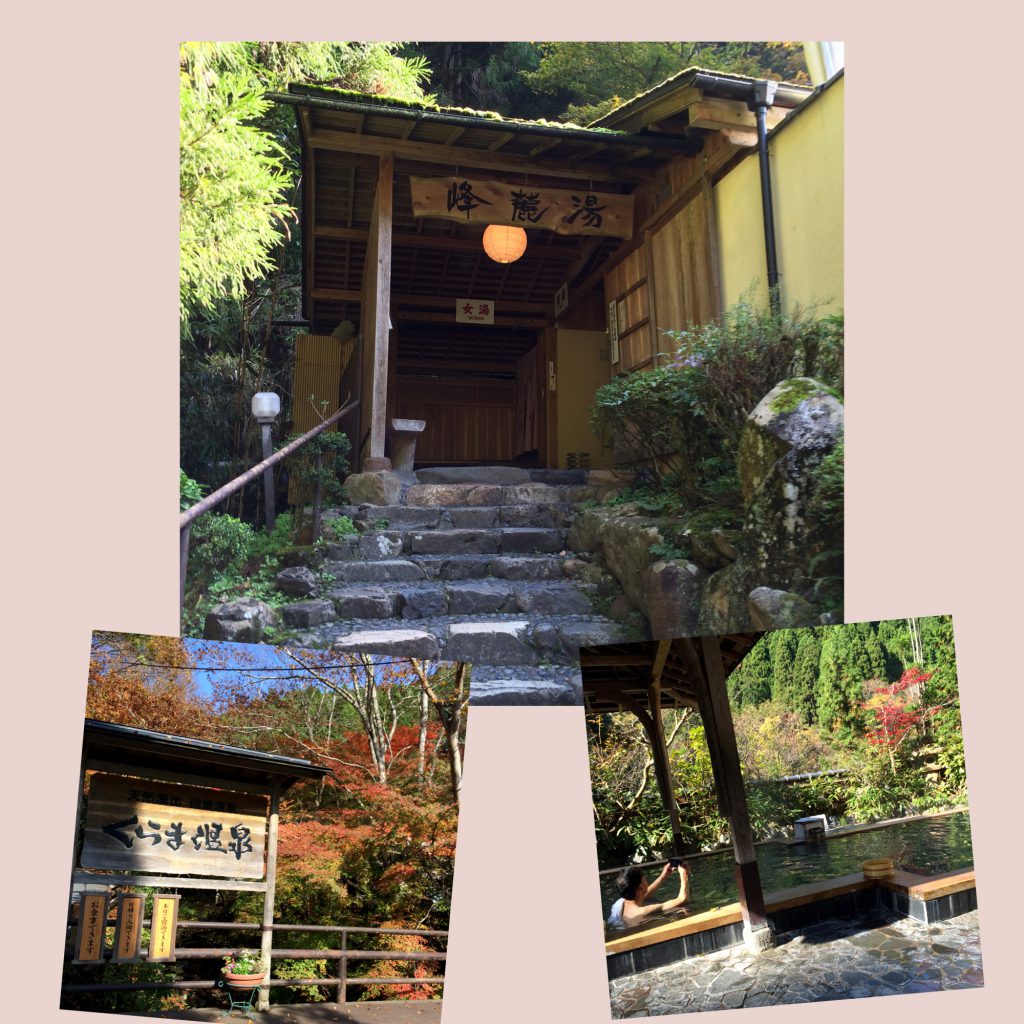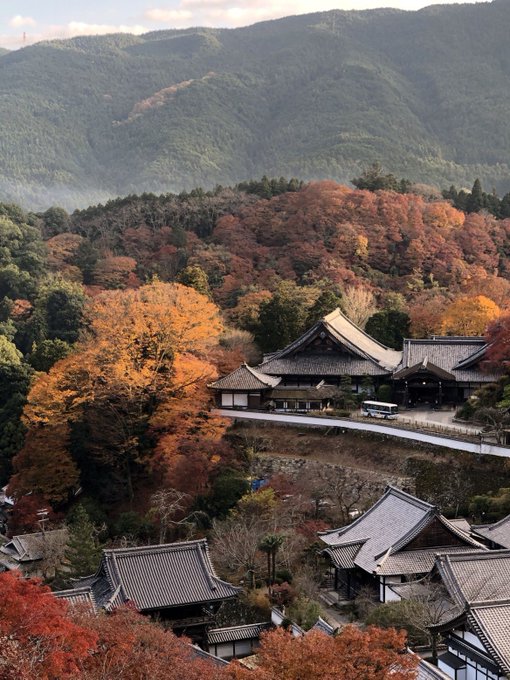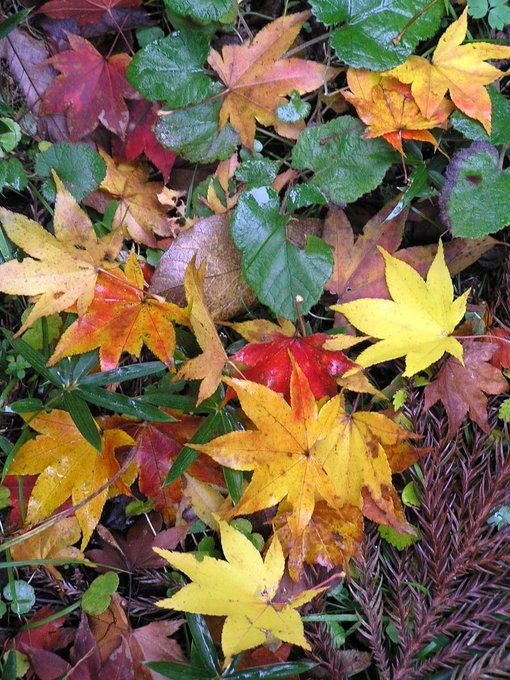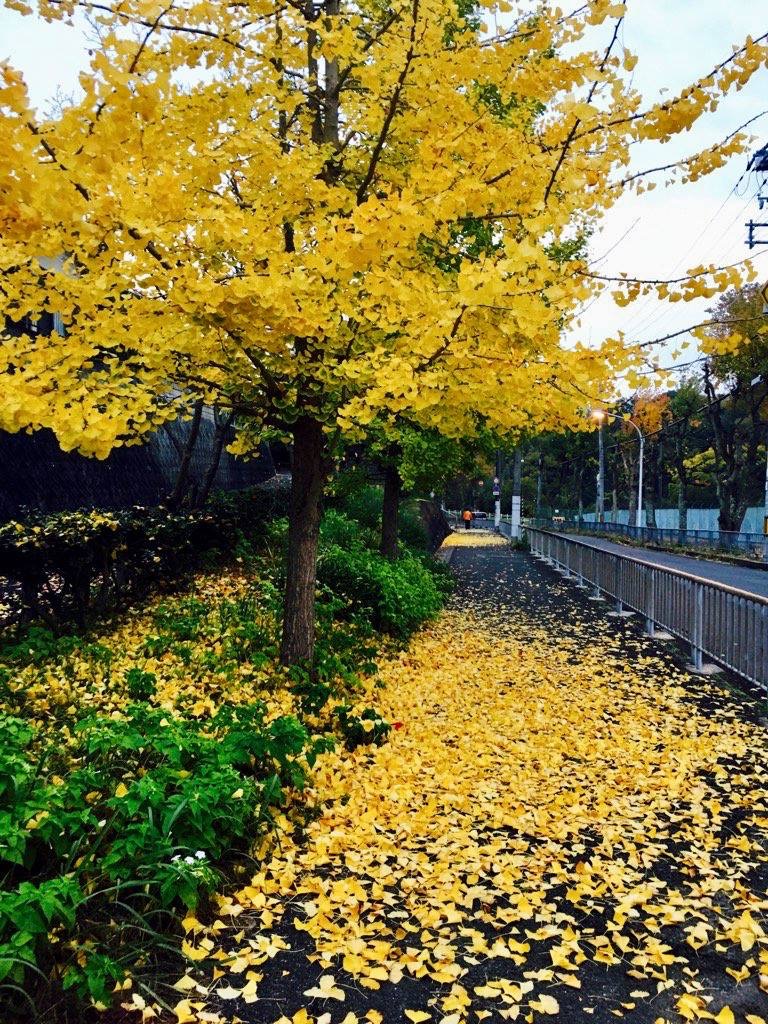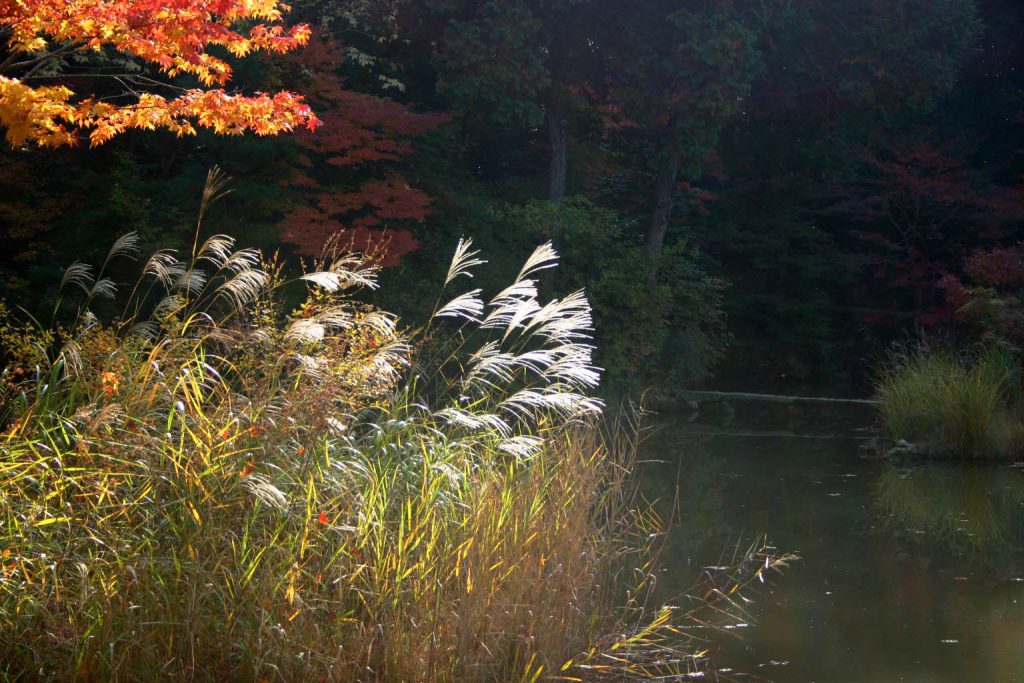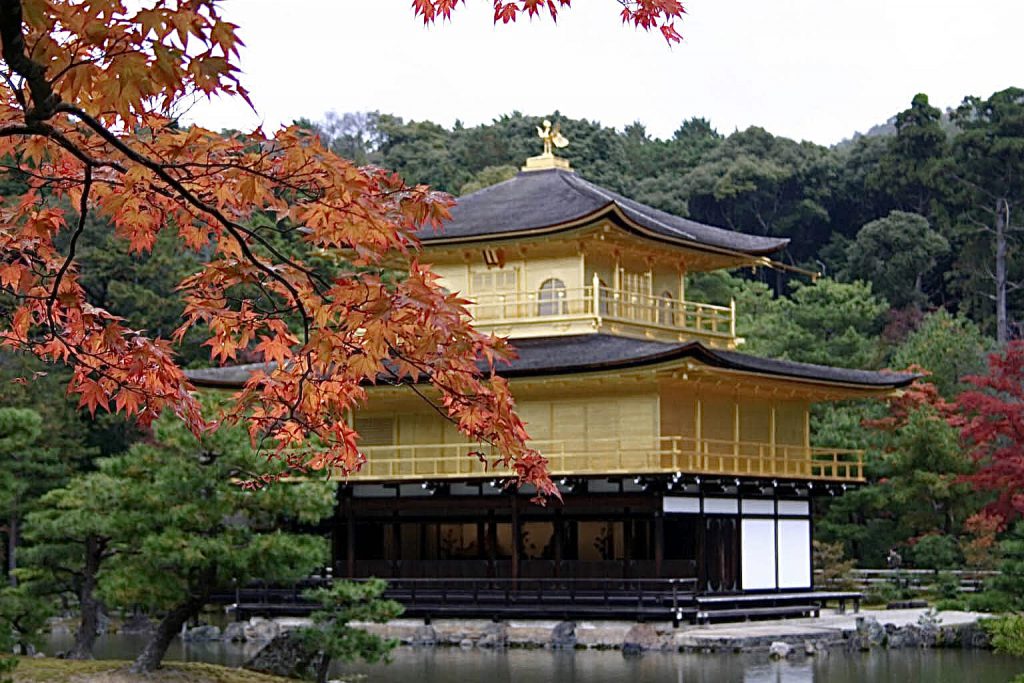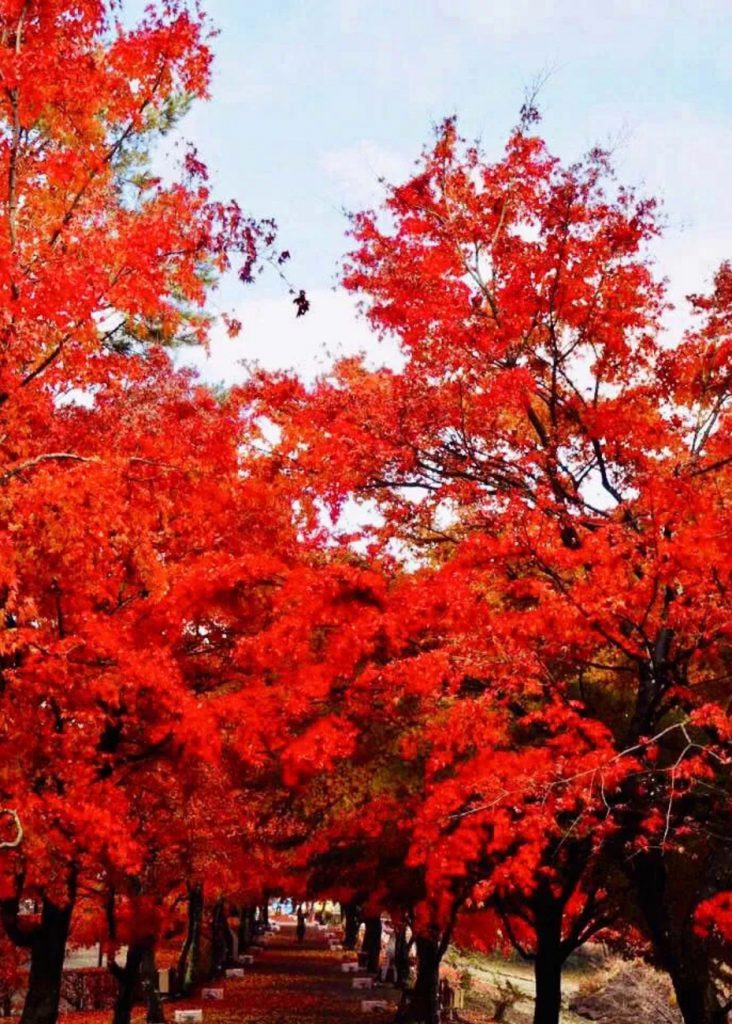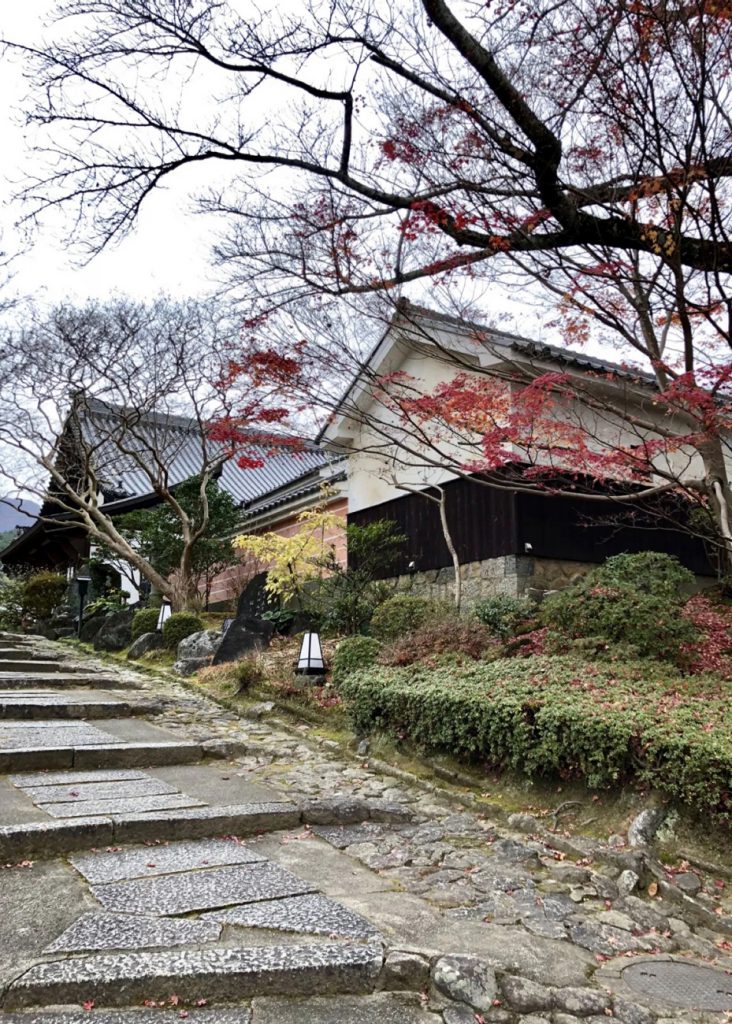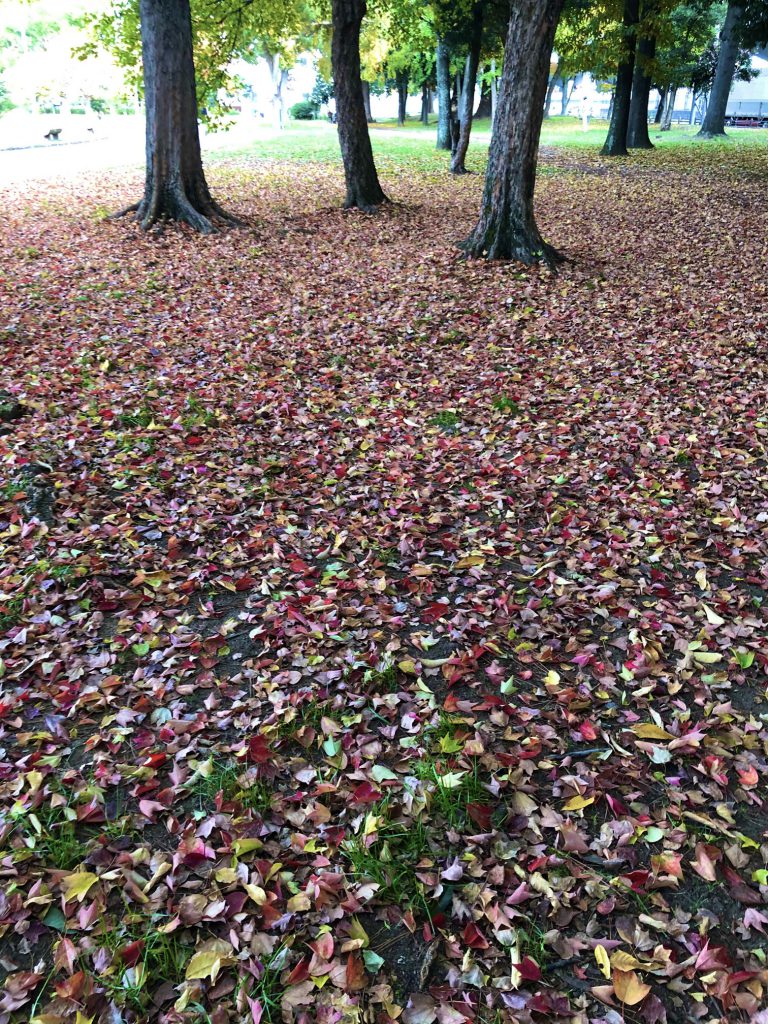
The fallen leaves that have fallen on the ground are shining like the brocade in the sunlight through the trees. But it’s hot. Yesterday (11/19), by 15:00, the number of spots on “summer day” with a maximum temperature of 77° F or higher had more than doubled from the day before yesterday to 251 spots. Even in Osaka, the temperature was 79.7 ° F, which was the latest “summer day” so far, and the record of November 9, 1939 was set for the first time in 81 years. Even in Akita, Tohoku region, it was the first “summer day” in the history of observation, so the Japanese archipelago feels like early summer. Only the trees around it are definitely colored, and somehow only people are moving around.
地上に降り積もった落ち葉が木漏れ日を浴びて錦に輝いています。しかし暑いです。昨日(11/19)は、15時までに最高気温が25℃以上の夏日の地点数が一昨日の2倍以上の251地点にのぼったそうです。大阪でも26.6℃とこれまでに最も遅い夏日だった1939年11月9日の記録を81年ぶりに更新したそうです。東北の秋田でも観測史上はじめて11月に夏日となったというから、日本列島はもう初夏といった感じです。辺りの木々だけが確実に色づき、なんだか人だけが右往左往しています。

